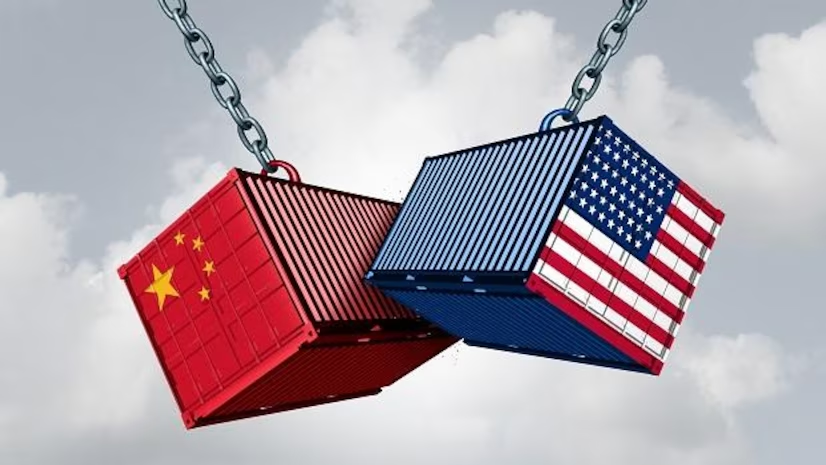Current Situation:
As of today, April 8, 2025, the trade relationship between the US and China is tense, with both countries threatening and implementing new tariffs.
- US Actions: President Trump has recently announced and implemented a series of tariffs. This includes a baseline “reciprocal” tariff of 34% on all Chinese imports, building upon previous tariffs. He has also threatened an additional 50% tariff on Chinese goods if China does not withdraw its retaliatory tariffs, potentially bringing the total tariff on some Chinese goods to 104%. Furthermore, a minimum 10% tariff has been imposed on imports from nearly all US trading partners. Separate tariffs, such as a 20% levy related to fentanyl trafficking, also exist on some Chinese goods.
- China’s Response: China has retaliated strongly against the US tariffs. They have imposed a 34% tariff on all US goods and have indicated a willingness to “fight to the end” if the US escalates further. China has also filed a formal complaint with the World Trade Organization (WTO) against the US tariffs, alleging violations of trade rules. Additionally, China has announced potential export controls on rare earth minerals and has taken other measures against US companies.
Impact on the Global Economy:
The escalating US-China tariff conflict is having a significant impact on the global economy:
- Market Instability: Global stock markets have experienced considerable volatility and downturns in response to tariff announcements and the potential for a full-blown trade war. Investor confidence has been shaken by the uncertainty surrounding international trade.
- Increased Costs: Tariffs are essentially taxes on imported goods, which can lead to higher costs for businesses and consumers in both the US and China. This can result in increased prices for a wide range of products, from electronics and apparel to agricultural goods and automobiles.
- Disrupted Supply Chains: Businesses with international supply chains are facing disruptions and increased costs as they try to navigate the tariffs. Some companies may need to relocate production or find alternative sources for goods, which can be complex and expensive.
- Reduced Trade Flows: Tariffs are designed to make imported goods more expensive, which can lead to a decrease in the volume of trade between the affected countries.This can negatively impact economic growth in both the US and China, as well as in other countries that trade with them.
- Agricultural Sector Impact: US farmers, particularly soybean farmers who rely heavily on the Chinese market, are facing significant challenges due to retaliatory tariffs from China.
- Potential for Recession: Many economists are concerned that the escalating trade tensions could significantly weaken global economic growth and potentially lead to a recession if the tariffs remain in place for an extended period.
Historical Context:
The current trade tensions build upon a history of trade disputes between the US and China. During his first term, President Trump also imposed tariffs on Chinese goods to address similar concerns. While a “Phase One” trade deal was reached in January 2020, many of those tariffs remained in place and have now been added to with the latest actions.
Perspectives and Arguments:
- US Perspective: The US argues that tariffs are necessary to address unfair trade practices by China, protect domestic industries, reduce the trade deficit, and safeguard intellectual property.
- China’s Perspective: China views the US tariffs as protectionist measures and a form of “bullying.”They maintain that their trade practices are fair and consistent with WTO rules and are committed to defending their interests.
Future Outlook:
The future of the US-China tariff conflict remains uncertain. Negotiations could potentially lead to a de-escalation, but the current rhetoric and actions suggest a hardening of positions on both sides. The global economy will continue to be affected by the developments in this trade dispute.
It is important to note that the situation is highly dynamic and subject to change. New announcements and retaliatory measures can occur rapidly, further shaping the trade landscape between the two economic giants.








